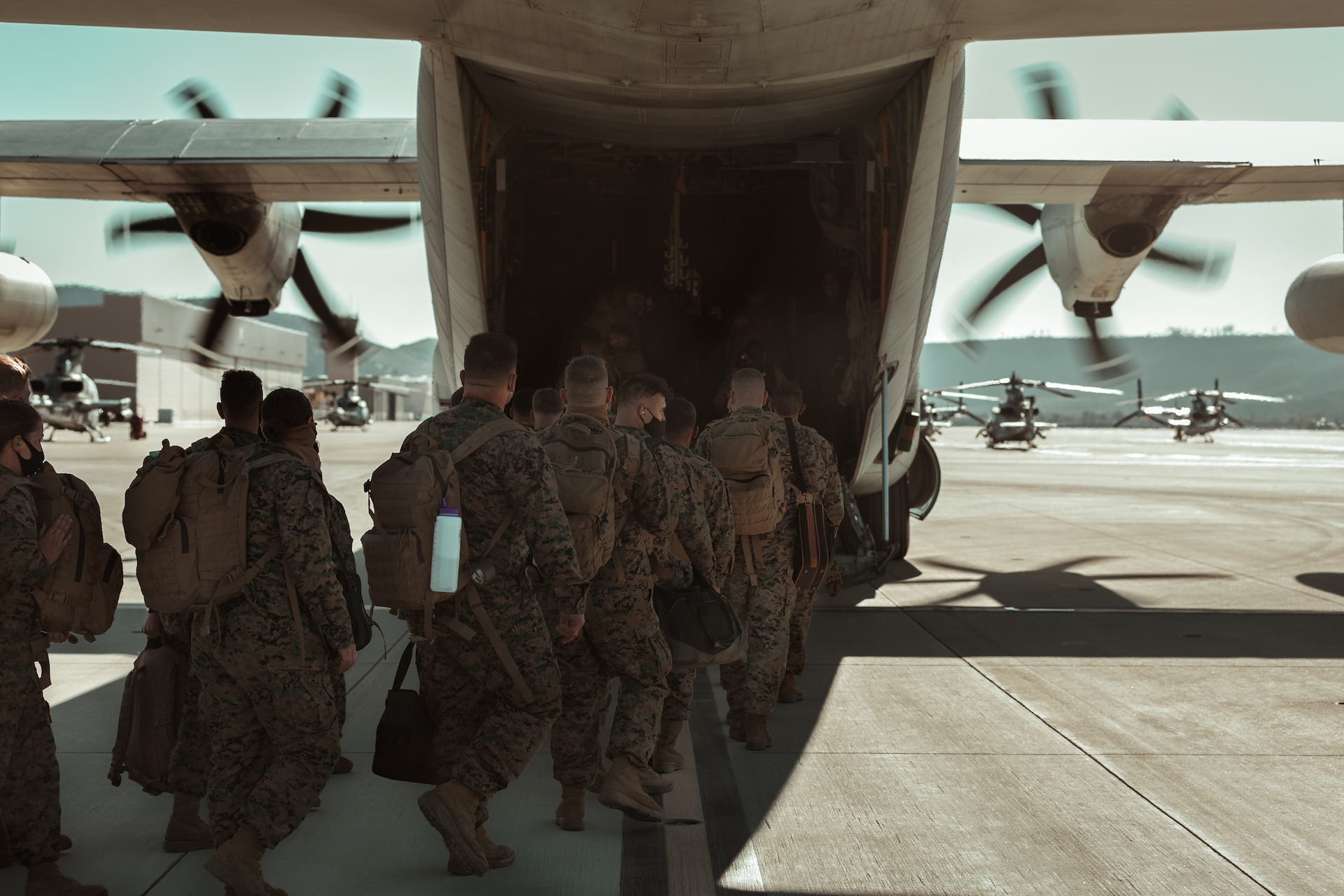Ongoing joint military exercises in the Baltic Sea are setting the stage for NATO’s massive Steadfast Defender event next year, which will be the largest single exercise since the end of the Cold War, with over 40,000 troops involved. The drills, focused on preparing Europe for potential defensive action against Russia, will be a culmination of the alliance’s work to boost the size of the bloc, as well as the defense expenditures among member states. Countries like Finland, Sweden, and Poland would be particularly critical in mounting a successful defense against Russian movements toward the Baltic states, and they are all raising their military expenditures in accordance with this responsibility.
Meanwhile, to Russia’s south, US troops are now on the ground in Armenia for joint drills and assessments with local “peacekeeping” forces. Armenia is a long-standing Russian ally in the Caucasus region, but that relationship has been strained by Russia’s inability to materially intervene in the country’s resurgent conflict with Azerbaijan.
Related ETF: SPDR S&P Aerospace & Defense ETF (XAR)
Several joint military exercises between North Atlantic Treaty Organization (NATO) member states and multiple non-NATO states are increasing international focus on the prospect of countering potential Russian military activity in Central Europe and the Caucasus Mountains. MRP has covered the ever-rising expenditures and accelerating attrition of western-supplied equipment to the Ukrainian war effort in depth throughout several of our previous Intelligence Briefings.
In the Baltic Sea, Germany is currently leading a NATO conglomeration of Denmark, Estonia, Finland, Latvia, Lithuania, Norway, Poland, and the US, alongside NATO invitee Sweden in large-scale military drills – called Northern Coasts 23. Per a NATO press release, some 30 warships and 3,200 military personnel are participating in the joint exercises, alongside 19 aircraft and various landing units, which will practice amphibious operations and strikes from sea to land. The annual two-week naval drill is unique this year, revolving around the collective defense of NATO Allies for the first time. Additionally, it is the first time that Finland and Sweden will participate as NATO ascendants – having begun procedures to officially join the bloc this year.
Both of these nations, like many in Europe, are taking their defense spending more seriously lately. For its part, Finland plans to spend 2.3% of its gross domestic product (GDP) on defense next year, up from just 1.5% in 2020. That spend will be equivalent to $6.48 billion. Though its military spending is projected likely to…
To read the complete Intelligence Briefing, current All-Access clients, SIGN IN All-Access clients receive the full-spectrum of MRP’s research, including daily investment insights and unlimited use of our online research archive. For a free trial of MRP’s All-Access membership, or to save 50% on your first year by signing up now, CLICK HERE










